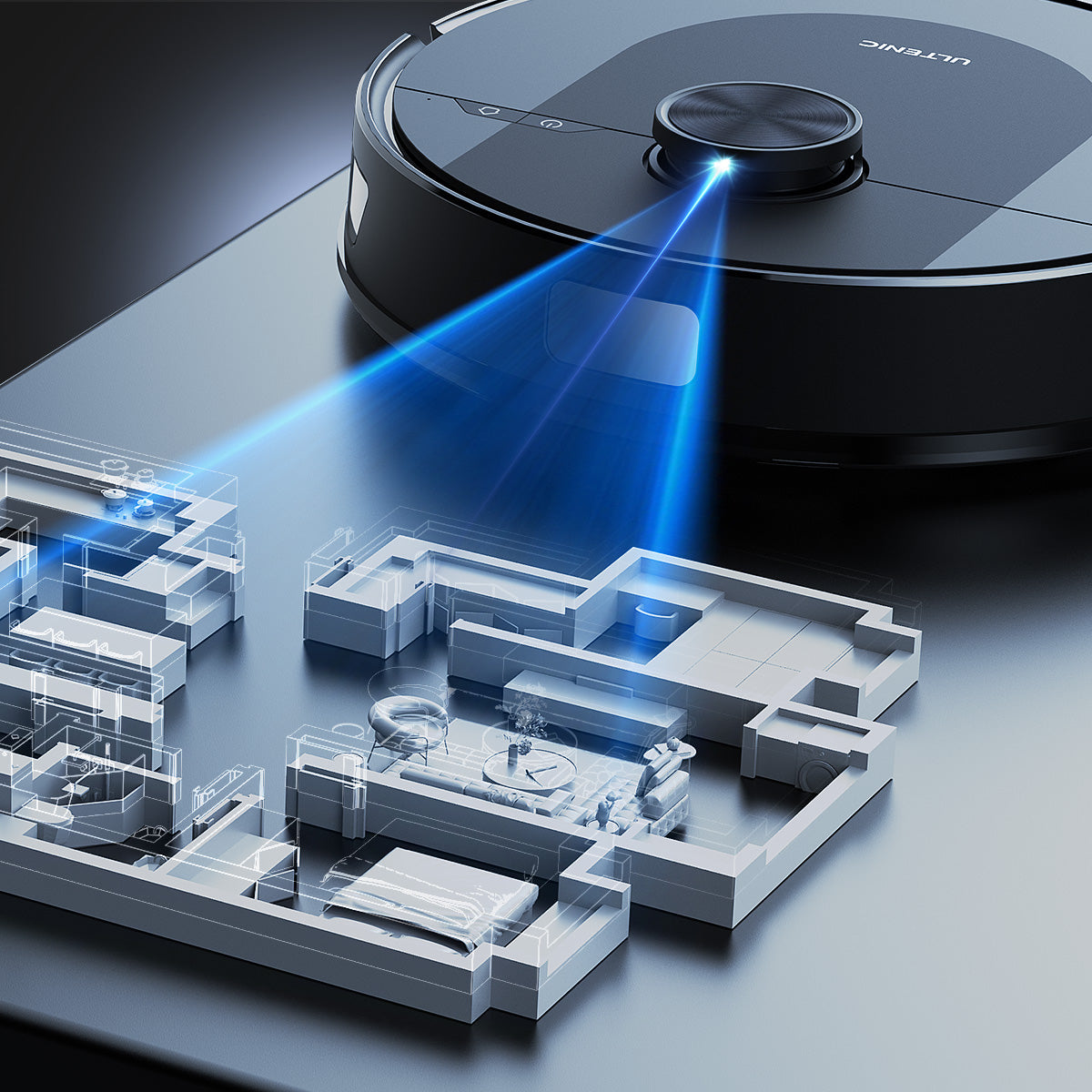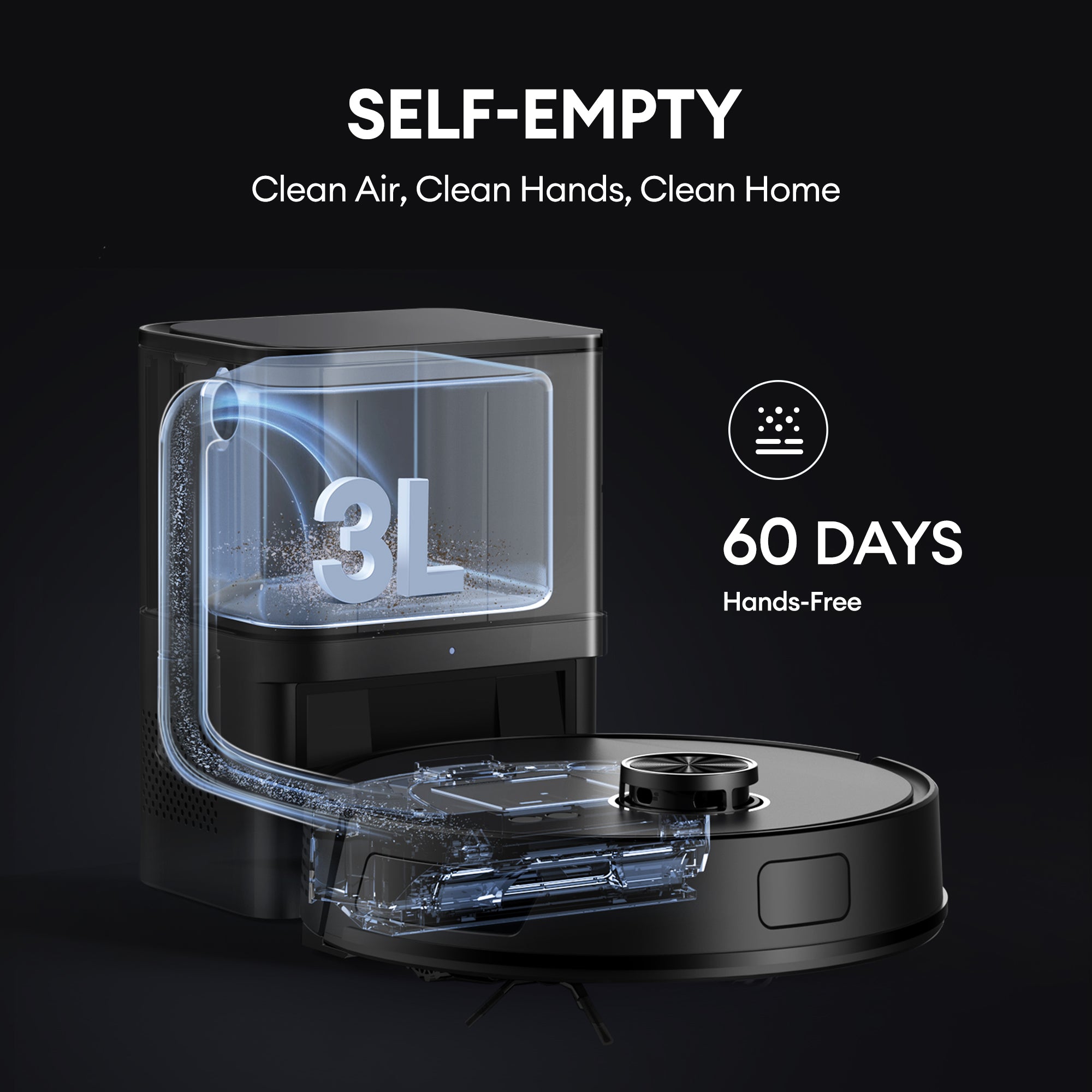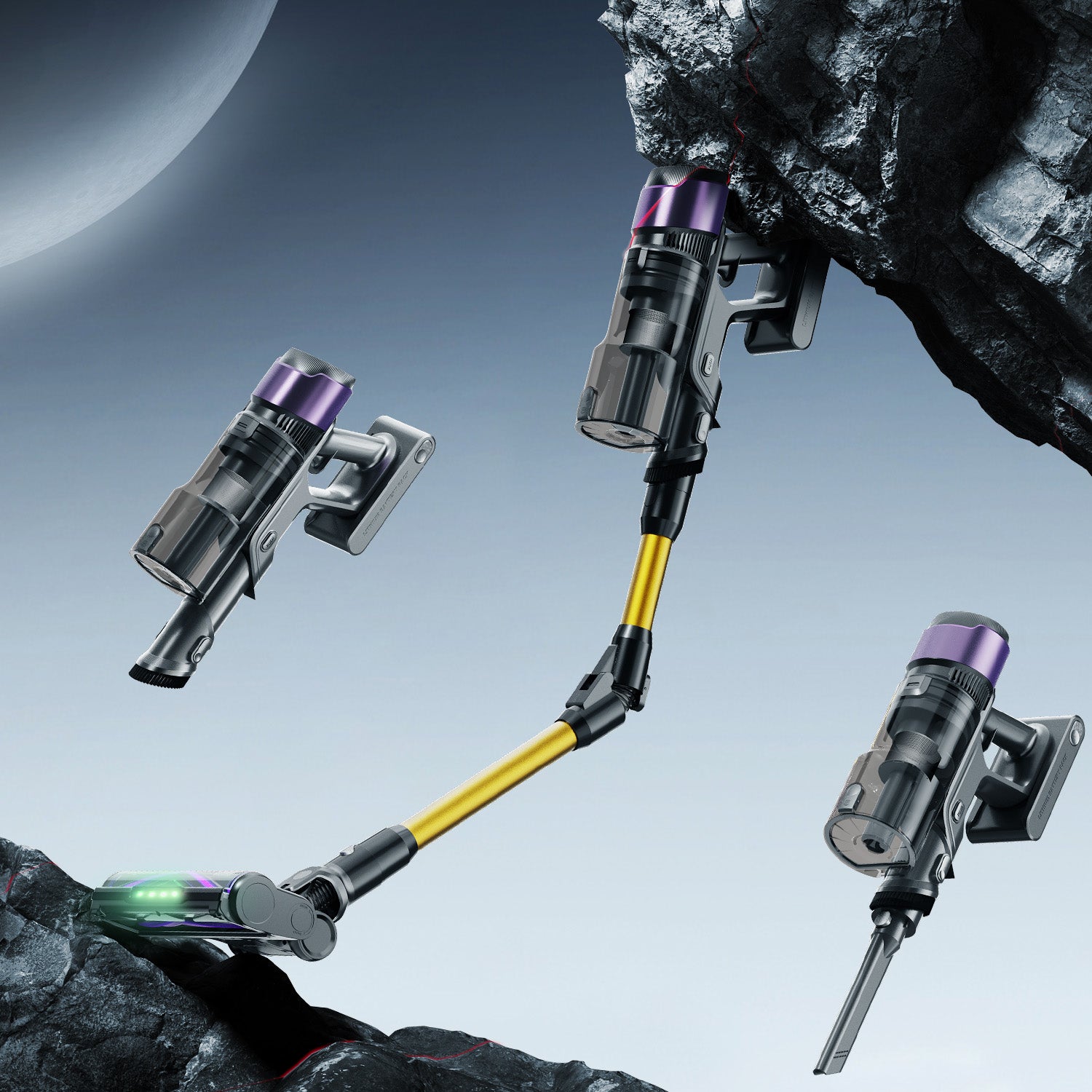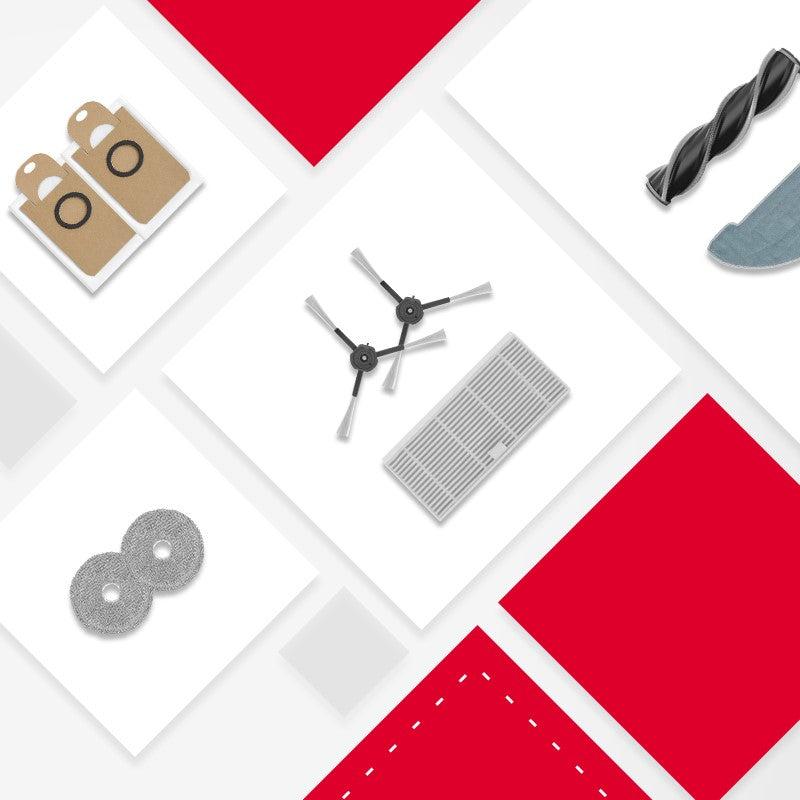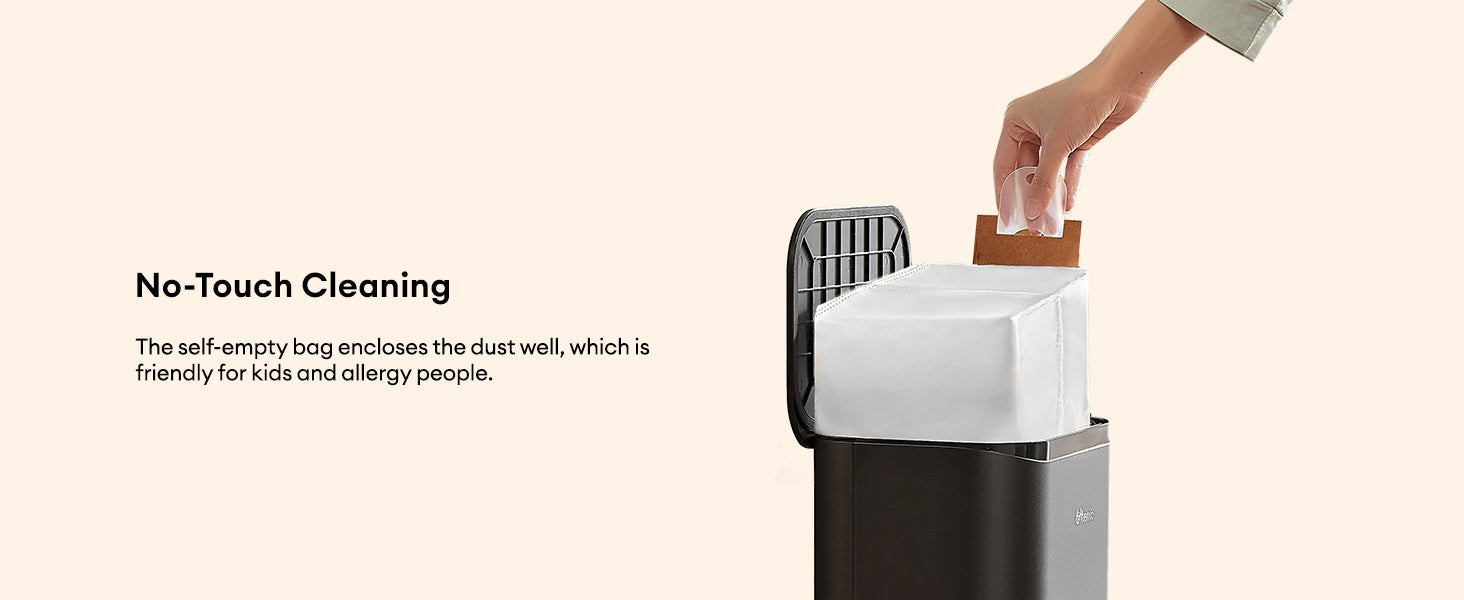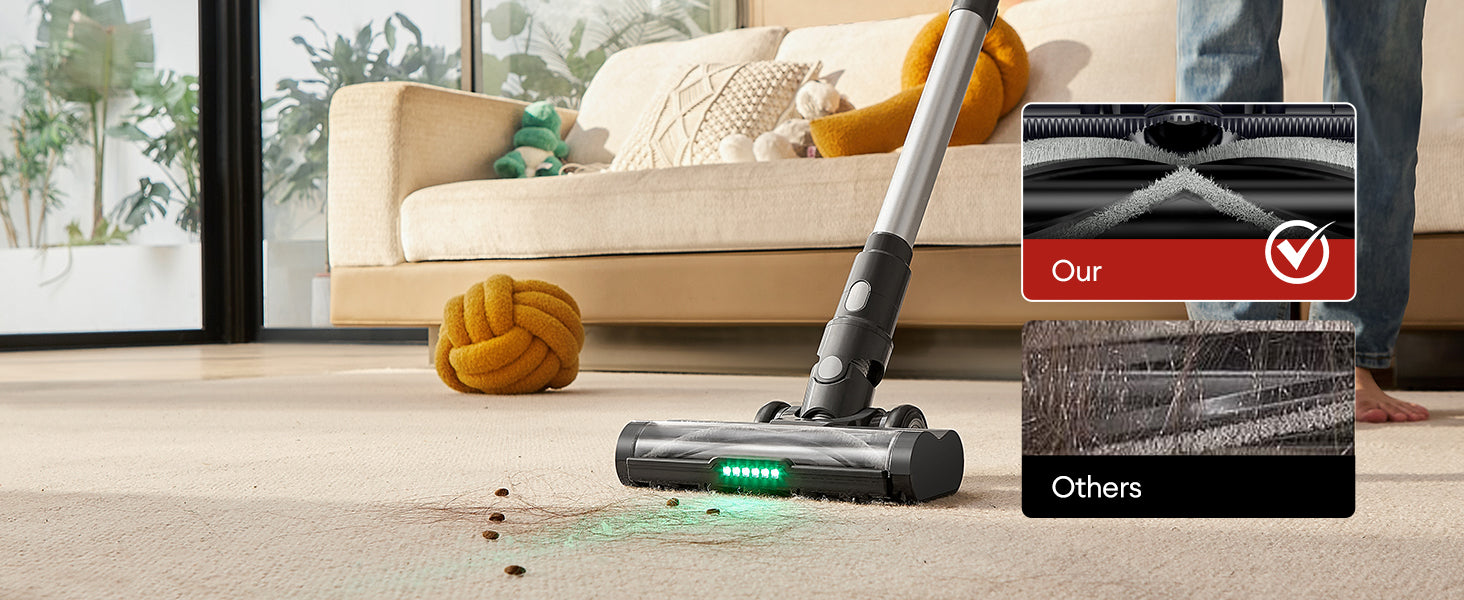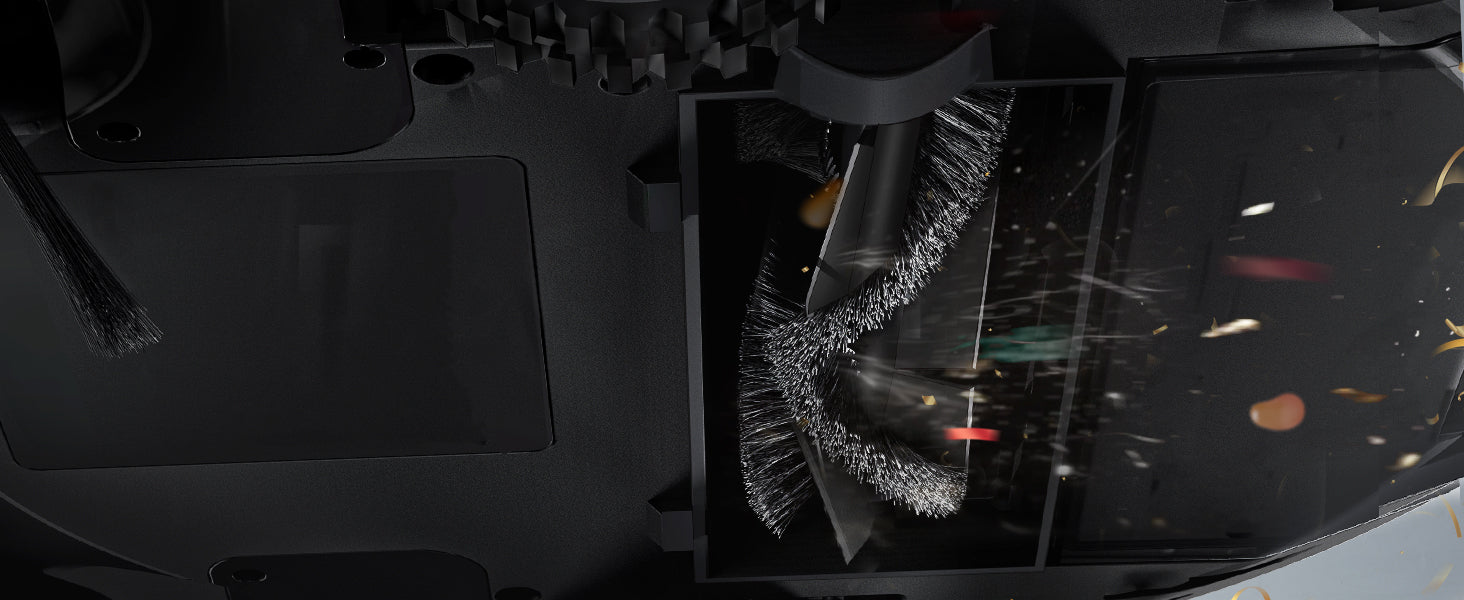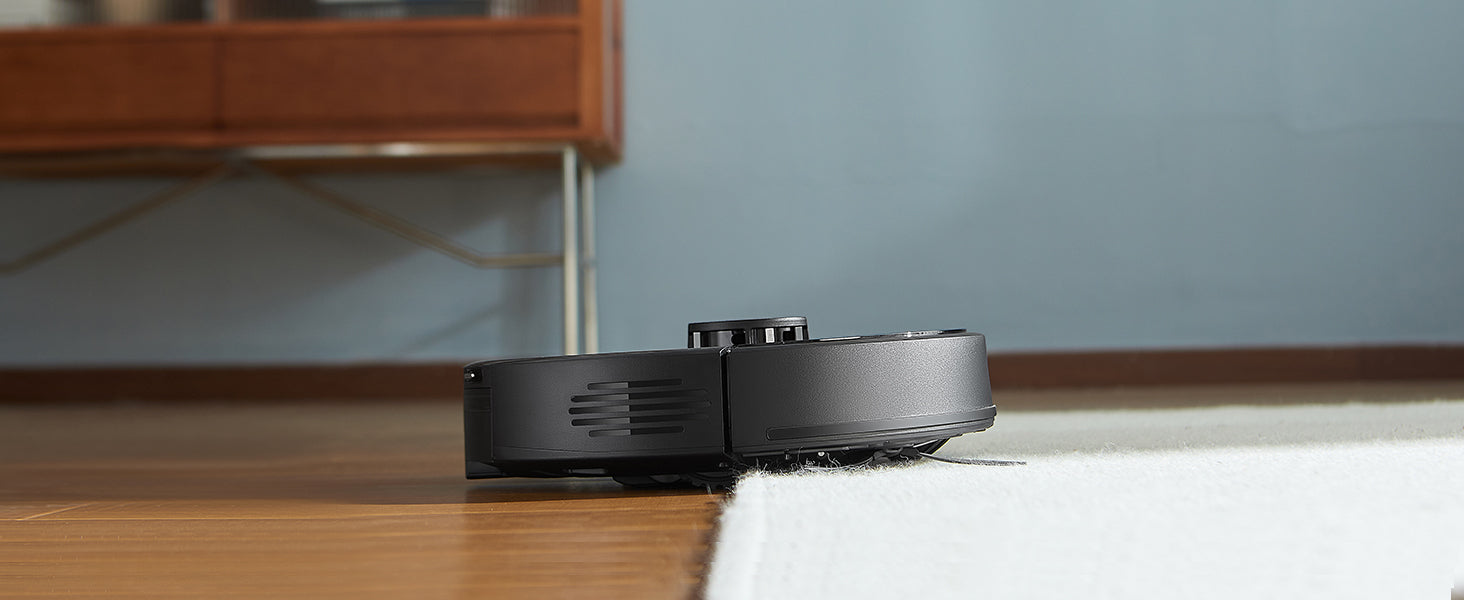How to Clean Vacuum Cleaner Filters for Optimal Performance and Longevity
Maintaining a vacuum cleaner filter is essential for keeping your vacuum running efficiently, ensuring healthier indoor air, and prolonging the life of your appliance. Understanding the right way to use your vacuum cleaner can save you money, improve suction power, and prevent allergens from circulating in your home. This guide dives deep into the intention behind cleaning vacuum filters, the step-by-step process, and tips to keep your vacuum in top shape.
Why Cleaning Your Vacuum Cleaner Filter Matters
A vacuum cleaner filter plays a crucial role in trapping dust, allergens, and microscopic particles, preventing them from being released back into the air you breathe. A clean filter:
- Improves indoor air quality by capturing allergens, mold spores, and fine dust.
- Maintains suction power by allowing proper airflow through the vacuum.
- Extends the vacuum’s lifespan by reducing motor strain caused by clogged filters.
- Is especially important for allergy sufferers and pet owners, as HEPA filters can trap dander and tiny irritants effectively.
Neglecting filter maintenance leads to reduced cleaning efficiency, unpleasant odors, and potential damage to the vacuum motor.
Understanding Different Types of Vacuum Cleaner Filters
Before cleaning, it’s important to identify your filter type because cleaning methods vary:
- HEPA Filters: Capture 99.97% of particles as small as 0.3 microns. Some HEPA filters are washable, but many are not and require replacement every 6-12 months.
- Foam Filters: Made of porous, spongy material that traps larger debris. These are usually washable and reusable, making them cost-effective.
- Paper Filters: Typically not washable and need replacement when dirty.
- Charcoal Filters: Used to reduce odors, usually replaced rather than cleaned.
Always consult your vacuum’s manual to confirm the filter type and whether it is washable.
Step-by-Step Guide to Cleaning Your Vacuum Cleaner Filter
1. Preparation and Safety
- Unplug your vacuum before starting any maintenance.
- Gather necessary tools: soft brush, mild detergent (if applicable), clean water, and a well-ventilated drying area.
- Wear gloves and a mask if you are sensitive to dust.
2. Remove the Filter
- Follow your vacuum’s manual to safely remove the filter.
- Most vacuums have a pre-motor filter and a post-motor filter; both may require cleaning.
3. Remove Loose Dust and Debris
- Gently tap the filter against a trash bin to dislodge loose dirt.
- Use a soft-bristled brush to sweep away stubborn dust without damaging the filter fibers.
4. Washing the Filter (For Washable Filters)
- Rinse the filter under lukewarm or cold running water until the water runs clear.
- For heavily soiled filters, soak in lukewarm water mixed with a few drops of mild detergent for about 5 minutes, then rinse thoroughly.
- Avoid using harsh chemicals, scrubbing, twisting, or wringing the filter to prevent damage.
5. Drying the Filter
- Air dry the filter completely for at least 24 to 48 hours in a well-ventilated area.
- Do not use heat sources like dryers, microwaves, or direct sunlight to speed drying as this can warp or damage the filter.
- Ensure the filter is fully dry before reinstalling to prevent mold growth and motor damage.
6. Reinstall and Test
- Once dry, reinstall the filter according to your vacuum’s instructions.
- Turn on the vacuum and check for proper suction and operation.
Additional Tips for Filter Maintenance and Vacuum Care
- Clean or replace filters regularly as recommended by the manufacturer to maintain peak performance.
- Empty dust bags or canisters frequently to avoid clogging filters and reducing suction.
- Inspect and clean brush rolls, hoses, and attachments to prevent blockages that strain the vacuum motor.
- Use the right attachments for different surfaces to avoid unnecessary wear on your vacuum.
- Store your vacuum in a clean, dry place to protect it from dust and moisture.
- Consider professional maintenance every 1-2 years for high-end models to keep internal components clean and functioning well.
Conclusion
Cleaning your vacuum cleaner filter is more than just a routine chore—it’s a vital step to ensure your vacuum performs efficiently, lasts longer, and contributes to a healthier home environment. By understanding your filter type, following proper cleaning steps, and maintaining your vacuum regularly, you can enjoy powerful suction and cleaner air with every use.

